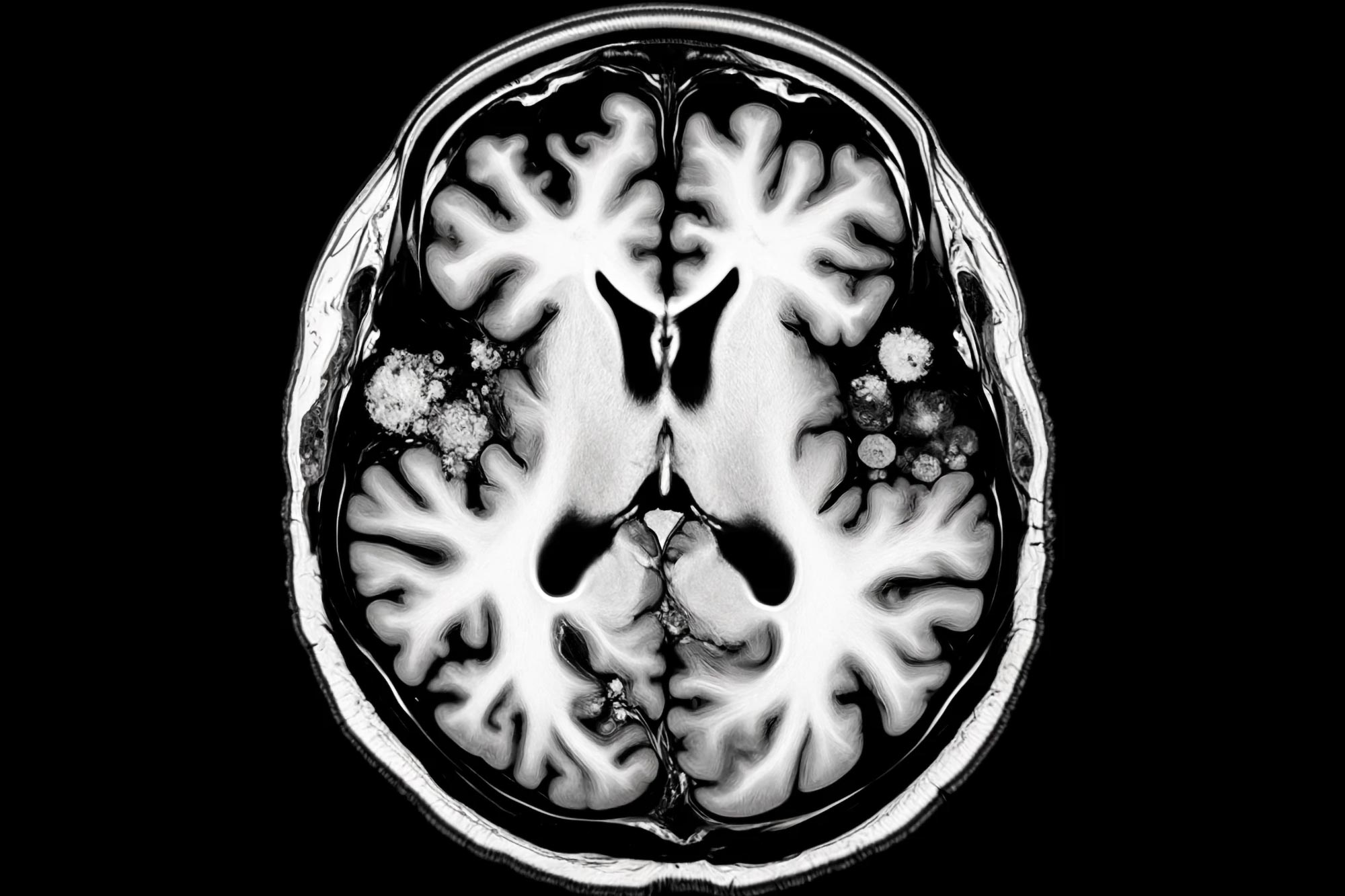Let’s face it, folks—our brains are kind of a big deal. They control everything we do, think, and feel. But what happens when something goes wrong? Today, we’re diving deep into ATPL brain disease, a condition that’s been gaining attention in the medical world. If you’ve been hearing whispers about it or wondering what it’s all about, you’re in the right place. We’re here to break it down for you in a way that’s easy to understand but packed with valuable info.
ATPL brain disease might not be the hottest topic at dinner parties, but trust me, it’s something worth knowing about. Whether you’re a curious mind or someone who’s been affected by this condition, understanding it can make a huge difference. This isn’t just another health buzzword—it’s a real issue that affects people’s lives every single day.
So, grab your favorite drink, get comfy, and let’s explore the ins and outs of ATPL brain disease. By the end of this, you’ll have a clearer picture of what it is, how it impacts the brain, and what steps you can take to protect yourself or your loved ones. Let’s roll!
What Exactly is ATPL Brain Disease?
Alright, let’s start with the basics. ATPL brain disease, or Adenosine Triphosphate-Linked brain disease if you want to get fancy, is a neurological condition that affects the brain’s ability to produce and use energy efficiently. Think of your brain as a car engine. Just like an engine needs fuel to run smoothly, your brain relies on ATP (adenosine triphosphate) to power its processes. When there’s a glitch in this system, things can go south pretty quickly.
According to the National Institutes of Health (NIH), ATPL brain disease often leads to symptoms like memory loss, difficulty concentrating, and even mood swings. It’s like your brain is running on low battery, and the consequences can be pretty serious. But don’t panic yet—we’re here to give you the scoop on what causes it and how it works.
How Does ATPL Brain Disease Develop?
Now, here’s the million-dollar question: how does this condition even start? Well, it’s not as simple as flipping a switch. ATPL brain disease is often linked to genetic factors, environmental triggers, and lifestyle choices. Some people are born with a predisposition to develop it, while others might acquire it later in life due to external factors like stress, poor diet, or exposure to toxins.
Studies suggest that mitochondrial dysfunction plays a significant role in the development of ATPL brain disease. Mitochondria are like the powerhouses of our cells, and when they’re not working properly, it can lead to a cascade of problems. Imagine trying to power a city with a generator that keeps cutting out—you get the idea.
Key Symptoms of ATPL Brain Disease
Recognizing the signs of ATPL brain disease is crucial for early intervention. While symptoms can vary from person to person, there are some common red flags to watch out for:
- Memory lapses or difficulty recalling recent events
- Problems with focus and attention
- Increased fatigue or brain fog
- Mood swings or irritability
- Difficulty with problem-solving or decision-making
If you or someone you know is experiencing these symptoms, it’s important to seek medical advice. Early diagnosis can make a huge difference in managing the condition and improving quality of life.
Diagnosing ATPL Brain Disease
Diagnosing ATPL brain disease isn’t as straightforward as taking a temperature or running a blood test. Doctors typically use a combination of methods to pinpoint the issue. These include:
- Neurological exams to assess brain function
- Imaging tests like MRIs or PET scans to visualize brain activity
- Genetic testing to identify potential risk factors
- Cognitive assessments to evaluate memory and thinking skills
It’s like putting together a puzzle, and each piece brings you closer to understanding what’s going on inside the brain.
Treatment Options for ATPL Brain Disease
Okay, so you’ve got the diagnosis—now what? The good news is that there are treatment options available to help manage ATPL brain disease. While there’s no one-size-fits-all solution, a combination of therapies can make a big difference. Here are some of the most common approaches:
Medications: Certain drugs can help improve brain function and reduce symptoms. For example, medications that boost ATP production or support mitochondrial health are often prescribed.
Lifestyle Changes: Eating a balanced diet, staying physically active, and getting enough sleep can all contribute to better brain health. Some experts even recommend intermittent fasting to give your brain a break and reset its energy systems.
Therapy: Cognitive behavioral therapy (CBT) and other forms of counseling can help individuals cope with the emotional and psychological impacts of ATPL brain disease.
Emerging Treatments
Science is always evolving, and researchers are constantly exploring new ways to tackle ATPL brain disease. Recent studies have shown promise in using stem cell therapy and gene editing to target the root causes of the condition. While these treatments are still in the experimental phase, they offer hope for the future.
Prevention: Can You Avoid ATPL Brain Disease?
Here’s the thing—while we can’t control all the factors that contribute to ATPL brain disease, there are steps we can take to reduce our risk. Prevention is all about stacking the odds in your favor. Here are a few tips to keep your brain in tip-top shape:
- Maintain a healthy diet rich in antioxidants and omega-3 fatty acids
- Exercise regularly to boost blood flow to the brain
- Stay mentally active by engaging in puzzles, reading, or learning new skills
- Get plenty of restful sleep
- Manage stress through mindfulness or meditation practices
Think of it like giving your brain a spa day every day. A little TLC goes a long way.
The Role of Diet in ATPL Brain Health
Food is fuel, folks, and what you put into your body can have a huge impact on your brain health. When it comes to ATPL brain disease, nutrition plays a starring role. Certain foods have been shown to support ATP production and mitochondrial function, making them essential for brain health.
Here’s a quick rundown of the top brain-boosting foods:
- Avocados: Packed with healthy fats that keep your brain running smoothly
- Blueberries: Antioxidant powerhouses that protect your brain cells
- Wild salmon: Rich in omega-3s, which are crucial for brain function
- Nuts and seeds: Great sources of vitamins and minerals that support energy production
- Dark chocolate: Yes, you read that right! Dark chocolate contains flavonoids that improve cognitive function
So, the next time you’re grocery shopping, make sure to stock up on these brain-friendly goodies.
Supplements: Are They Worth It?
While a balanced diet should be your first line of defense, supplements can sometimes fill in the gaps. Some popular supplements for ATPL brain health include:
- Coenzyme Q10 (CoQ10): Supports mitochondrial function
- Creatine: Helps increase ATP stores in the brain
- Vitamin B12: Essential for nerve function and energy production
But here’s the catch—always consult with a healthcare professional before adding supplements to your routine. Too much of a good thing can sometimes backfire.
Living with ATPL Brain Disease
Life with ATPL brain disease isn’t easy, but it’s definitely manageable with the right strategies. Coping with the condition requires a combination of physical, mental, and emotional tools. Here’s how you can thrive despite the challenges:
Building a Support Network: Surround yourself with people who understand what you’re going through. Joining a support group or connecting with others who have ATPL brain disease can provide valuable insights and encouragement.
Setting Realistic Goals: Break tasks into smaller, more manageable steps. Celebrate every victory, no matter how small, and don’t be too hard on yourself if things don’t go as planned.
Embracing Adaptability: Life is unpredictable, and learning to roll with the punches is key. Whether it’s adjusting your daily routine or finding new ways to tackle challenges, flexibility is your friend.
Staying Positive
Let’s not forget the power of a positive mindset. While ATPL brain disease can throw curveballs, focusing on what you can control can make a world of difference. Practice gratitude, surround yourself with positivity, and remind yourself of your strengths every day. You’ve got this!
Research and Future Directions
The world of ATPL brain disease research is bustling with activity. Scientists are working tirelessly to uncover new treatments, therapies, and prevention strategies. From cutting-edge technology to groundbreaking studies, the future looks bright for those affected by this condition.
One exciting area of research involves harnessing the power of artificial intelligence (AI) to analyze large datasets and identify patterns in ATPL brain disease. This could lead to earlier diagnosis and more personalized treatment plans. Additionally, advancements in genetic engineering might one day allow us to repair or replace faulty genes responsible for the condition.
How Can You Get Involved?
If you’re passionate about ATPL brain disease, there are plenty of ways to get involved. You can support research initiatives, participate in clinical trials, or advocate for awareness in your community. Every little bit helps, and together, we can make a difference.
Conclusion: Taking Charge of Your Brain Health
So, there you have it—a deep dive into ATPL brain disease. From understanding its causes and symptoms to exploring treatment options and prevention strategies, we’ve covered a lot of ground. Remember, knowledge is power, and the more you know about this condition, the better equipped you’ll be to face it head-on.
Here’s a quick recap of what we’ve learned:
- ATPL brain disease affects the brain’s ability to produce and use energy efficiently
- Early diagnosis and intervention are key to managing the condition
- Lifestyle changes, medications, and therapy can all play a role in treatment
- Prevention involves a combination of diet, exercise, and mental stimulation
Now it’s your turn to take action. Whether it’s sharing this article with someone who needs it or making small changes in your daily routine, every step counts. Let’s work together to raise awareness and support those affected by ATPL brain disease. Your brain deserves it!
Table of Contents
What Exactly is ATPL Brain Disease?
Key Symptoms of ATPL Brain Disease
Treatment Options for ATPL Brain Disease
Prevention: Can You Avoid ATPL Brain Disease?
The Role of Diet in ATPL Brain Health
Supplements: Are They Worth It?
Living with ATPL Brain Disease
Research and Future Directions


